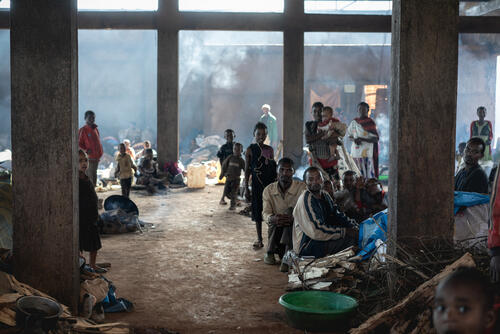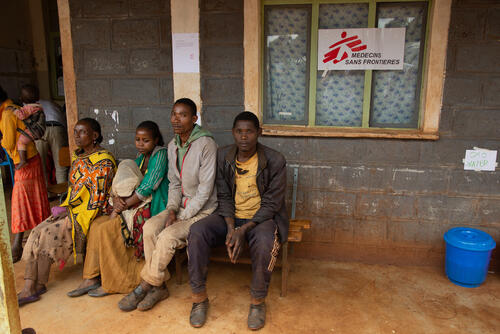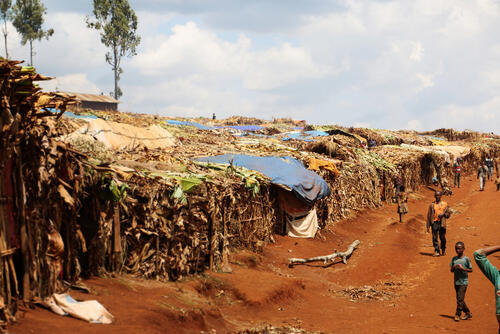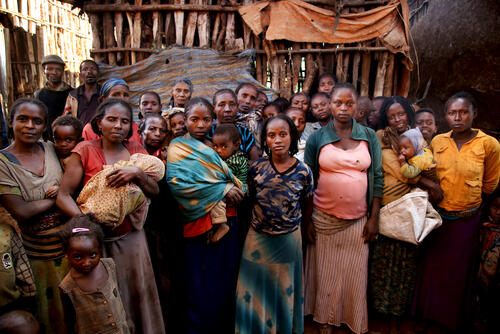Since the end of 2017, the number of people internally displaced by violence in Ethiopia has risen significantly. As a result, the humanitarian community – including MSF – has suddenly found itself needing to adapt and scale up its response to meet the acute needs in conflict-driven crises.
Our report, Displacement and humanitarian response in Ethiopia: challenges and dilemmas in complex crises, examines the humanitarian response to two conflict-related displacement crises in 2018: large-scale displacement in Gedeo and West Guji Zones, and displacement along the border between Benishangul Gumuz and Oromia Regions.
Based on research and interviews with over 50 humanitarian workers and decision-makers, it analyses how humanitarian needs on the ground were assessed and met and examines some of the key constraints to an effective response.
While external challenges were numerous, with issues of access, aid allocation, and population movements heavily influenced by political agendas, the analysis found several internal factors linked to the framework for humanitarian action in Ethiopia, which affected the capacity and mind-set of humanitarian actors to respond effectively.






